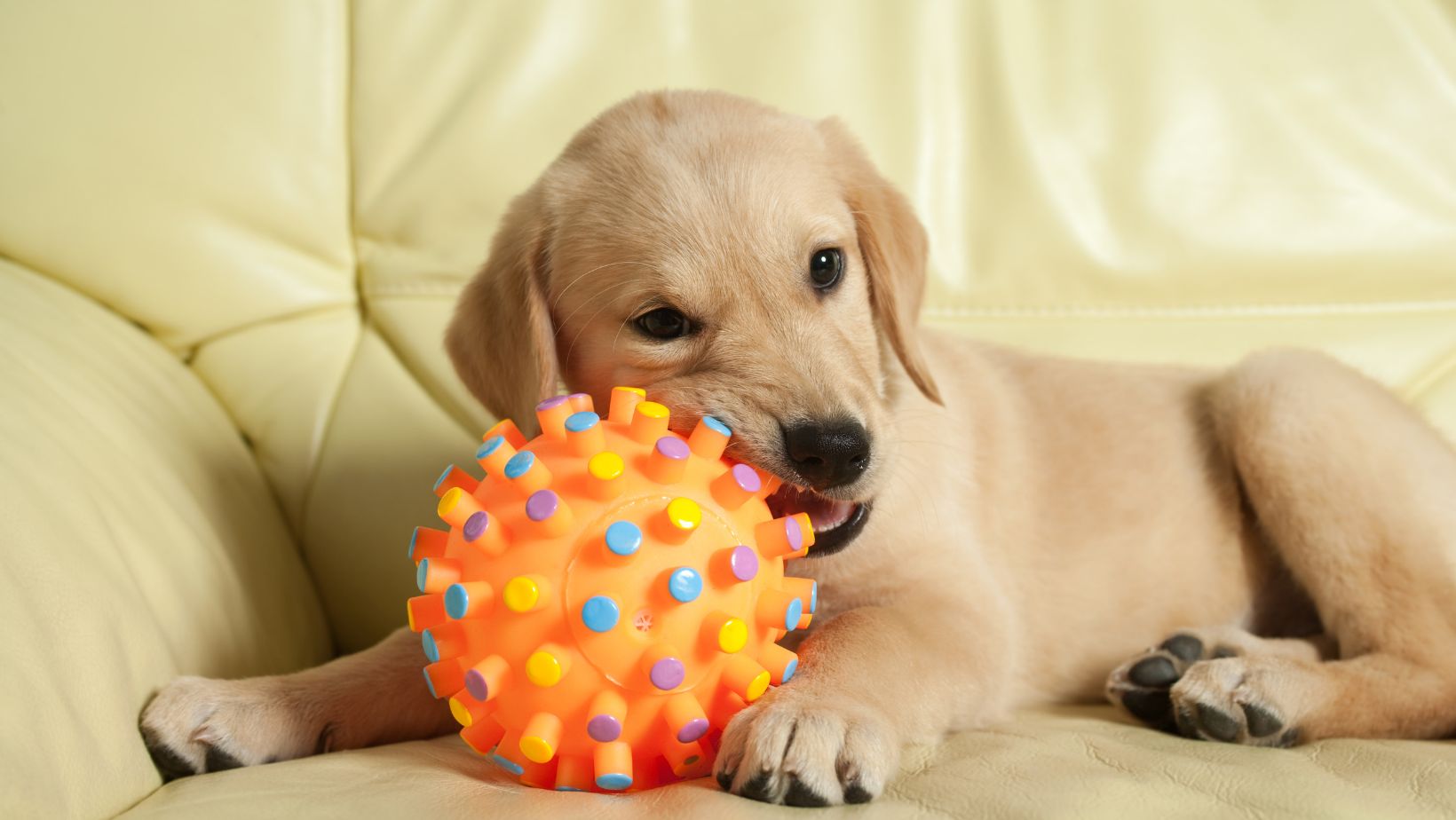How to Train Recall Dog
If you’re looking to train your Labrador to have a reliable recall, you’ve come to the right place. Training a dog to come when called is an essential skill that every pet owner should prioritise. In this article, I’ll share some effective techniques and tips on how to train your Labrador’s recall command.
First and foremost, it’s important to establish a positive association with the recall command. Begin by using a clear and consistent verbal cue, such as “Come” or “Here.” Use a happy and enthusiastic tone of voice to make it more enticing for your Labrador. You can also use treats or toys as rewards during the training process.
Start in an enclosed area with minimal distractions to set your Labrador up for success. Call their name followed by the recall command while gently patting your leg or using other encouraging gestures. When they come towards you, reward them immediately with praise and treats. Repeat this exercise several times throughout each training session.
Remember, consistency is key when it comes to training any dog, including Labradors. Practise short training sessions regularly rather than long ones sporadically. With patience, persistence, and positive reinforcement, you’ll be well on your way to having a Labrador with excellent recall skills.
Understanding Recall Training
When it comes to training our beloved Labradors, recall training is an essential skill that can make a world of difference in their behaviour and overall safety. Recall training refers to teaching your dog to come back to you when called, regardless of distractions or tempting stimuli. This skill is crucial for keeping your Labrador safe in various situations such as off-leash walks, visits to the park, or encounters with potential hazards.
Having a strong recall with your Labrador not only ensures their safety but also promotes a deeper bond between you and your furry friend. It allows you to give them more freedom while maintaining control over their actions. Imagine the peace of mind knowing that even when they are exploring or chasing after something intriguing, they will always come back when called.
Basic Principles for Teaching Recall
Effective recall training requires patience, consistency, and positive reinforcement techniques. Here are some basic principles that can help you successfully teach recall to your Labrador:
- Start indoors: Begin training in a quiet and familiar environment where there are minimal distractions. This will allow your Labrador to focus on learning the command without being overwhelmed by external stimuli.
- Use high-value rewards: Find out what motivates your Labrador the most – whether it’s treats, toys, or praise – and use those as rewards during training sessions. By associating coming back to you with something they love, you’ll increase their desire to respond promptly.
- Gradually increase difficulty: Once your Labrador consistently responds indoors, gradually progress to different locations with increasing levels of distractions. Practice in different environments such as parks or busy streets so that they learn to listen even amidst enticing sights and smells.
- Consistency is key: Use consistent verbal cues for recall commands like “come” or “here,” ensuring everyone in the household uses the same cue consistently. Additionally, establish a routine for practising recall regularly to reinforce the behaviour.
Common Mistakes to Avoid in Recall Training
While training your Labrador to recall, it’s important to be aware of common mistakes that can hinder their progress. By avoiding these pitfalls, you can set your dog up for success:
- Inconsistent reinforcement: Ensure that you consistently reward your Labrador every time they come back when called. Inconsistency in rewarding may confuse them and make them less likely to respond in the future.
- Punishing or scolding: Never punish or scold your Labrador when they do not come immediately. This can create negative associations with recall and erode their trust in you. Instead, focus on positive reinforcement and patience.
- Using recall for negative experiences: Avoid using recall commands solely for activities that your dog perceives as unpleasant, such as ending playtime or leaving the park. This can cause them to associate coming back with negativity and decrease their willingness to respond promptly.
- Lack of practice: Consistent practice is essential for maintaining a strong recall response. Neglecting regular training sessions may lead to regression in their behaviour and diminish the effectiveness of your efforts.
By understanding the importance of recall training, following basic principles, and avoiding common mistakes, you’ll be well on your way to teaching your Labrador an invaluable skill. Remember, patience and consistency are key ingredients for success throughout this training journey.
